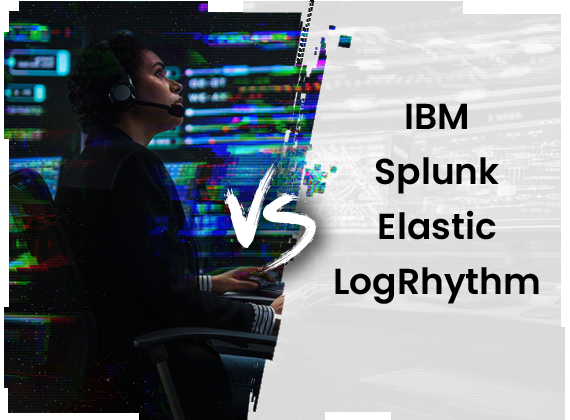The Advantages of a Security Data Platform

Devo vs.
Traditional SIEMs
I.e. Splunk, Elastic, QRadar, LogRhythm
Traditional SIEMs were designed for on-premise deployments and later migrated to the cloud using a “lift and shift” approach. This approach fails to fully capitalize on the processing power and cost benefits of cloud infrastructure. These SIEMs also index data on ingest before querying or alerting, resulting in subpar performance and slower MTTR. They cannot operate in real-time, limiting analysis accuracy, data scalability, and search performance.

Devo vs. Cloud-Provider SIEMs
I.e. Azure, Chronicle
Cloud-provider SIEMs simplify data ingestion from their native ecosystem but struggle with diverse datasets, making it challenging to achieve complete visibility. They also rely on general-purpose analytics capabilities that are neither real-time nor optimized for security use cases.

Devo vs. All-in-One Platforms
I.e. Palo Alto, Crowdstrike
Security platform vendors offer SIEMs that claim tight integration with their other security offerings. While this might simplify your technology stack, these SIEMs are limited by fixed data schemas, impacting indexing and search capabilities. Like cloud-provider SIEMs, they struggle with third-party data sources and often rely on open-source analytics tools not tailored for security detection.

Devo vs. Niche SIEMs
I.e. Exabeam, Securonix
SIEMs optimized for a single use case excel in their area of expertise but lack the scalability and performance needed for diverse security needs. They are purpose-built for specific scenarios and cannot handle the broad spectrum of security challenges faced by large enterprises.

